A watch frozen forever at 8:15am, the moment an atomic bomb exploded over Hiroshima on Monday August 6th 1945.
#Hiroshima#August6th #HiroshimaPeaceMemorialMuseum #広島#HiroshimaDay
A watch frozen forever at 8:15am, the moment an atomic bomb exploded over Hiroshima on Monday August 6th 1945.
#Hiroshima#August6th #HiroshimaPeaceMemorialMuseum #広島#HiroshimaDay
Everyone inside the Promotion Hall, which was almost at the epicenter of the blast, was killed instantly.
Following the city's destruction the hall was scheduled for demolition, but in 1966 it was decided that the renamed 'Atomic Bomb Dome' (原爆ドーム) would become a memorial.
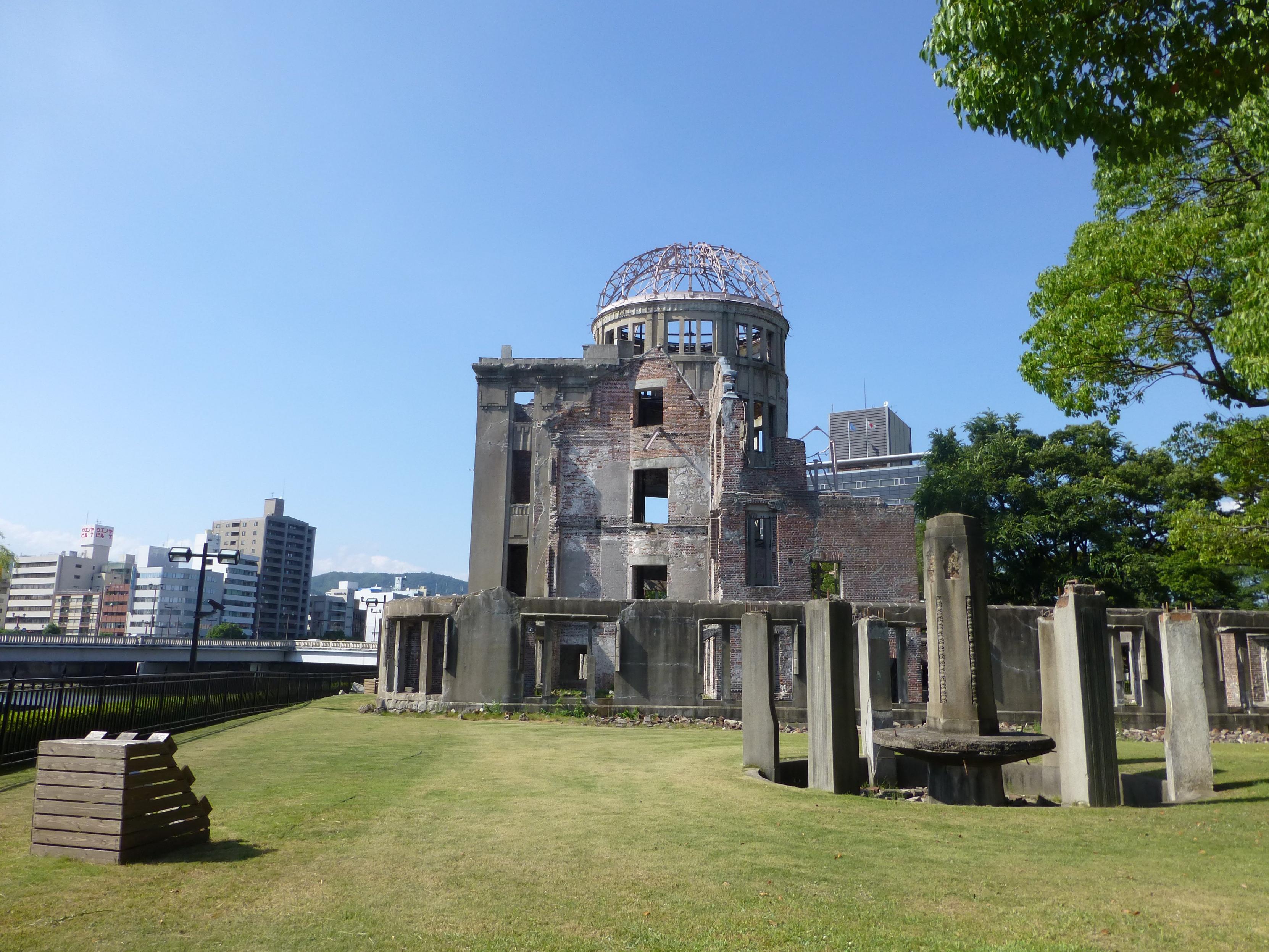
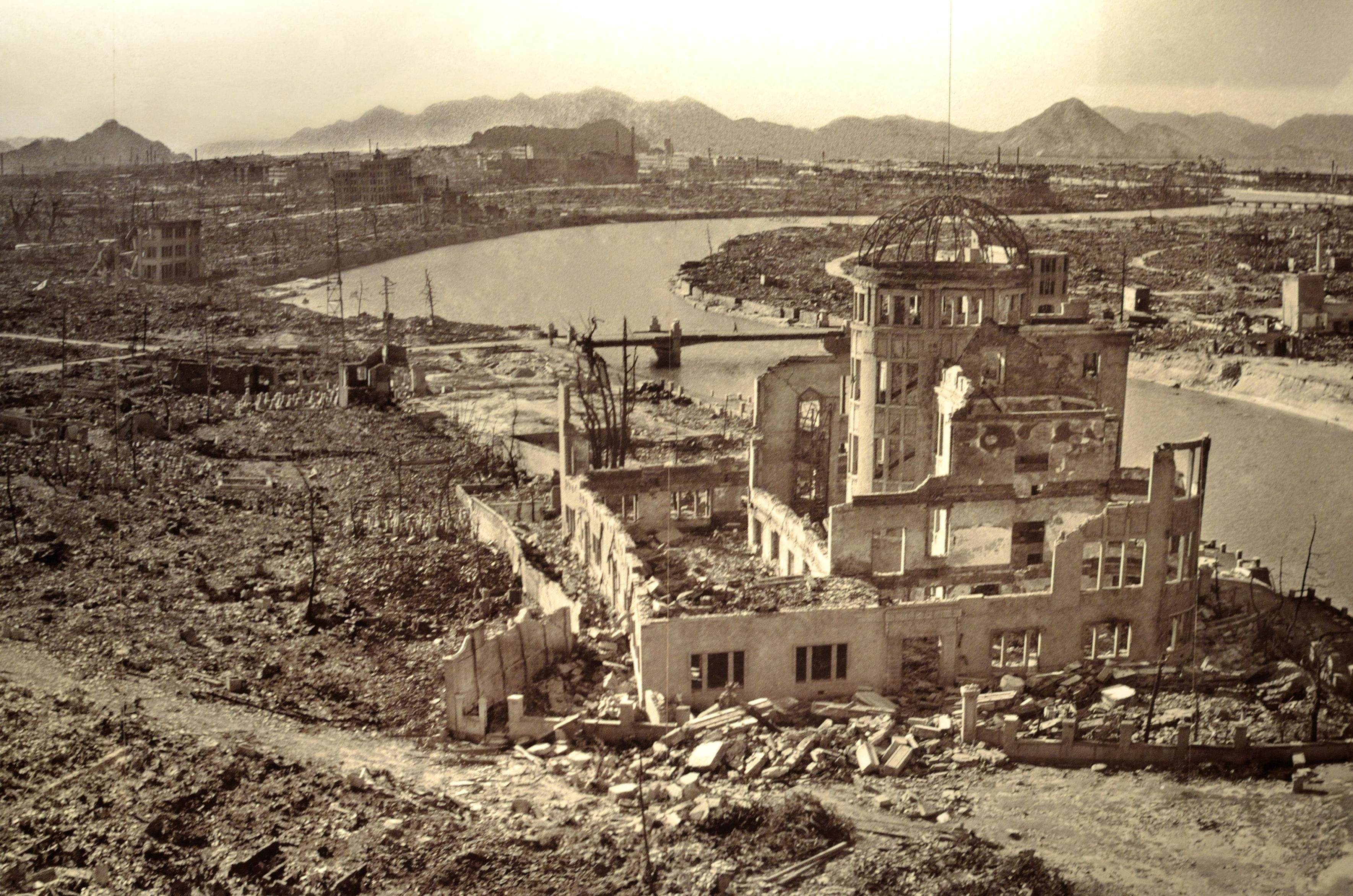
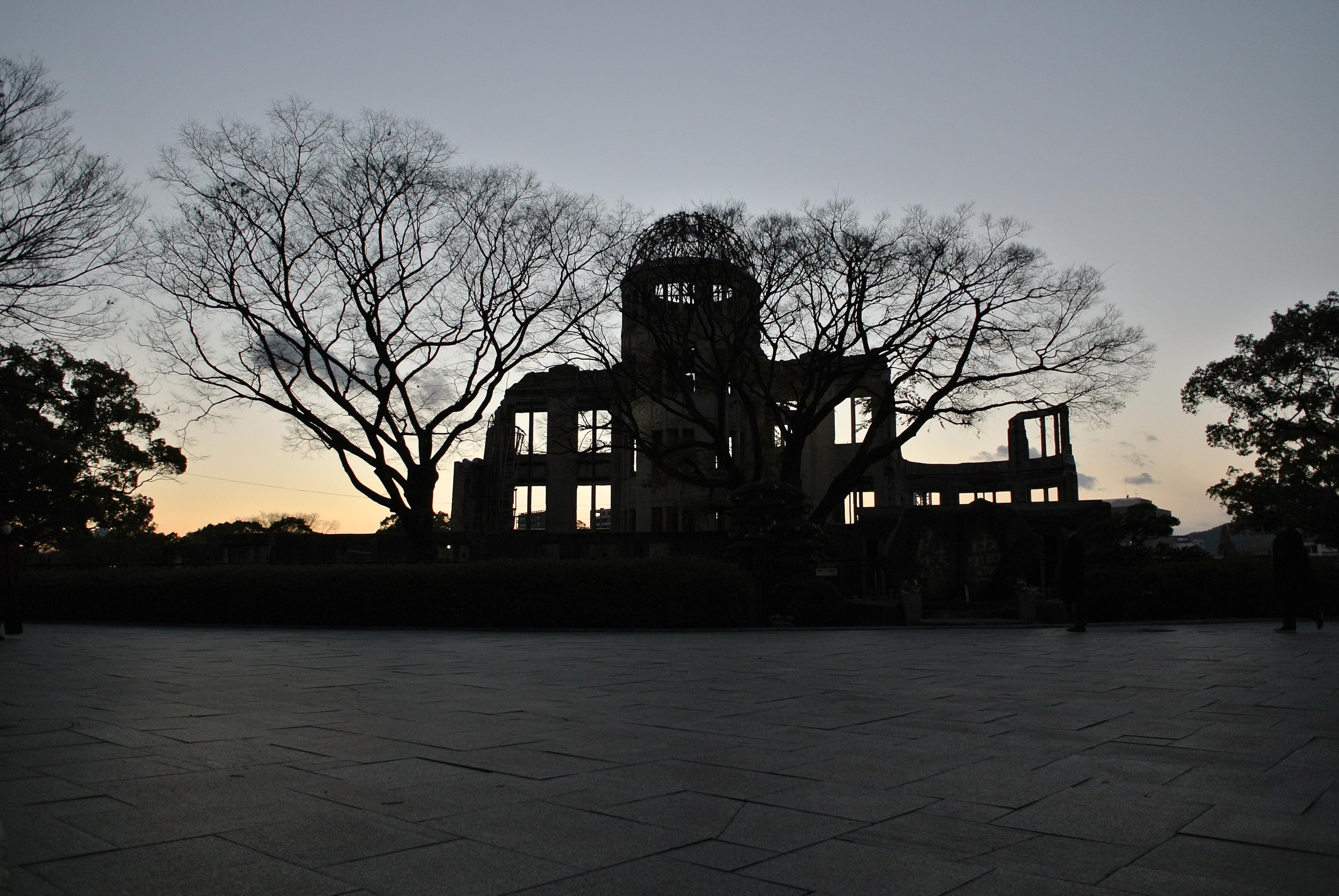
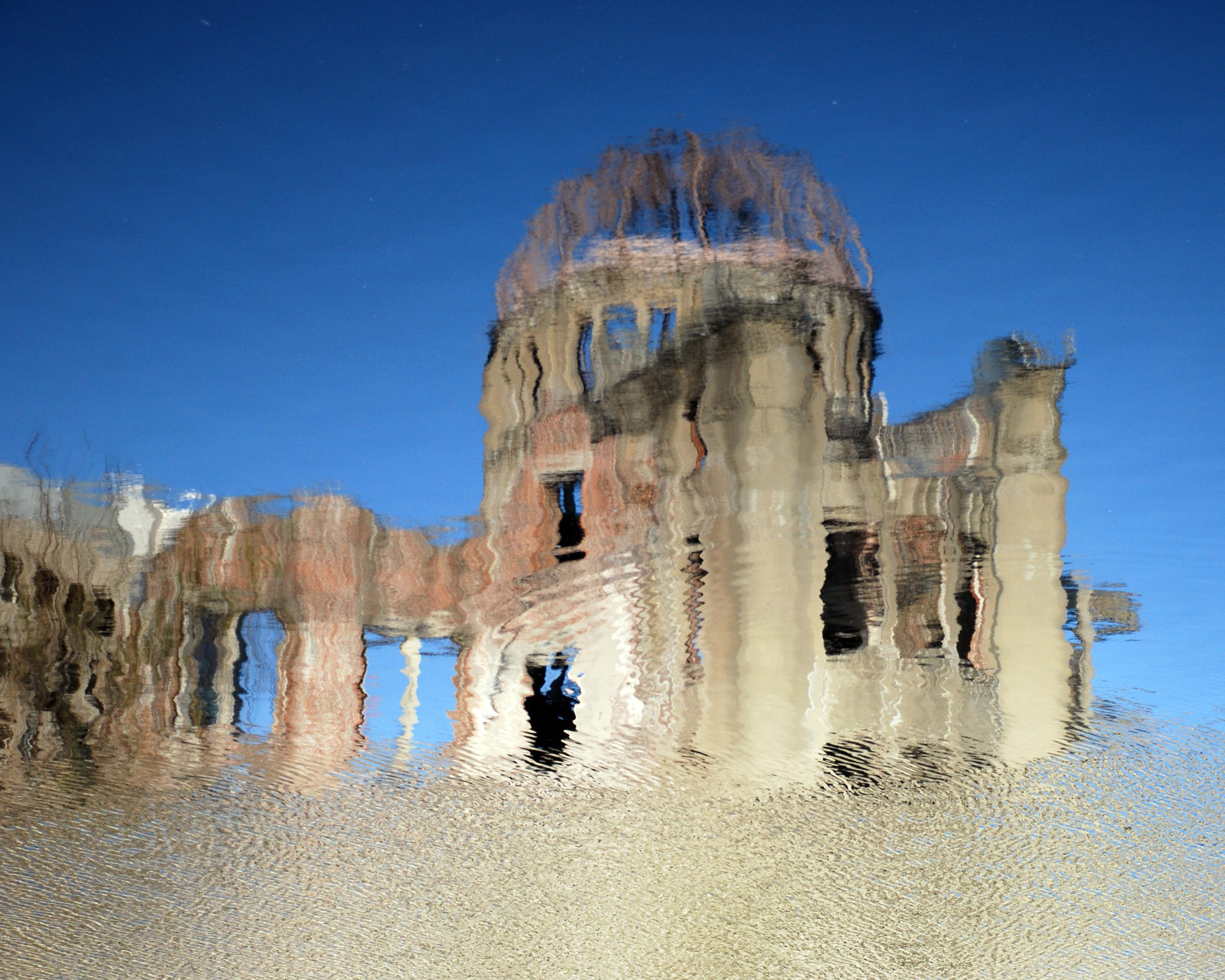
Hiroshima-jō (広島城), also known as Ri-jō (鯉城 'Carp Castle'), was built between 1592-1599 by Mōri Terumoto (毛利輝元).
Mōri sided against Tokugawa Ieyasu (徳川家康) at the Battle of Sekigahara (関ヶ原の戦い), and having lost, abandoned the castle in 1600.
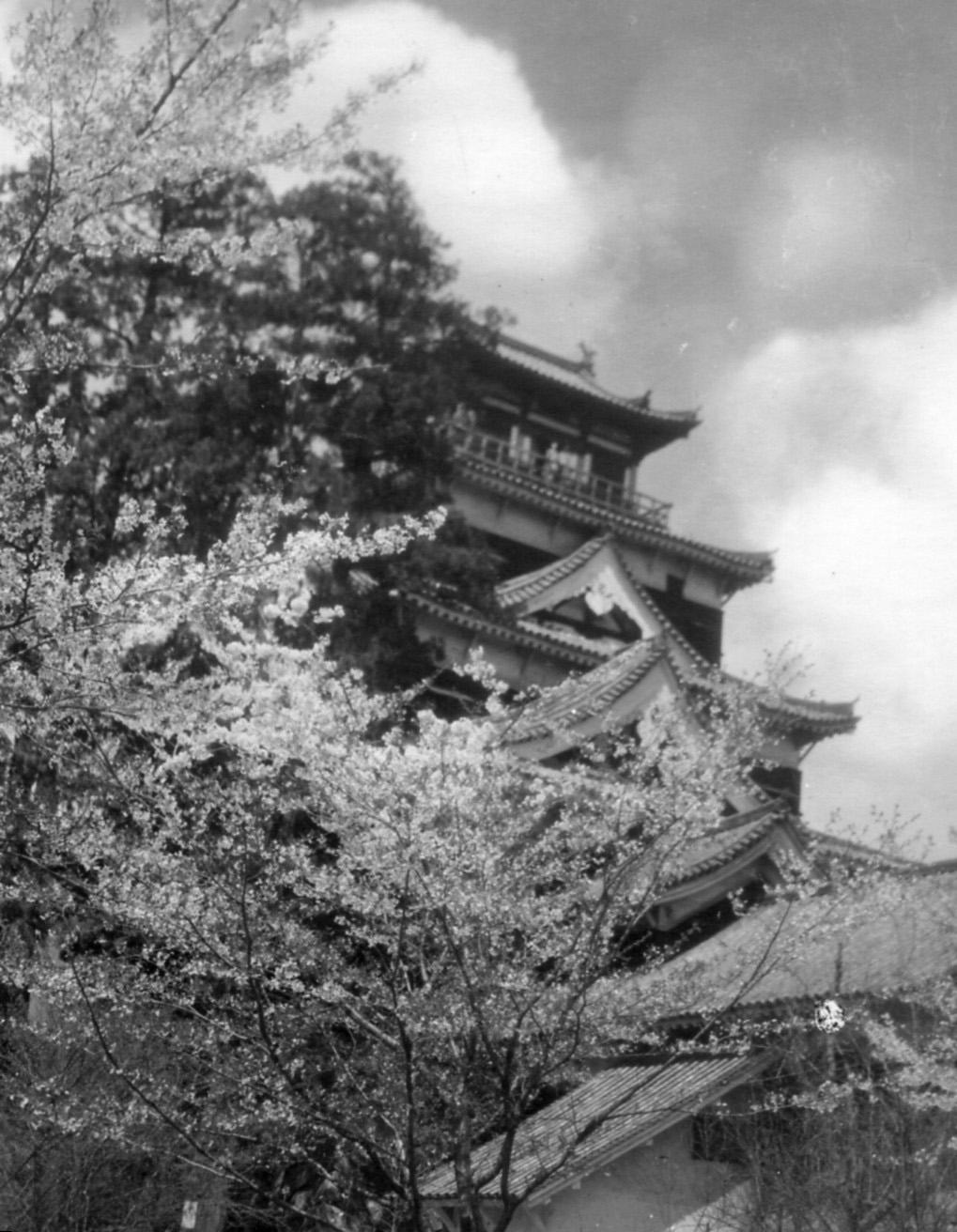
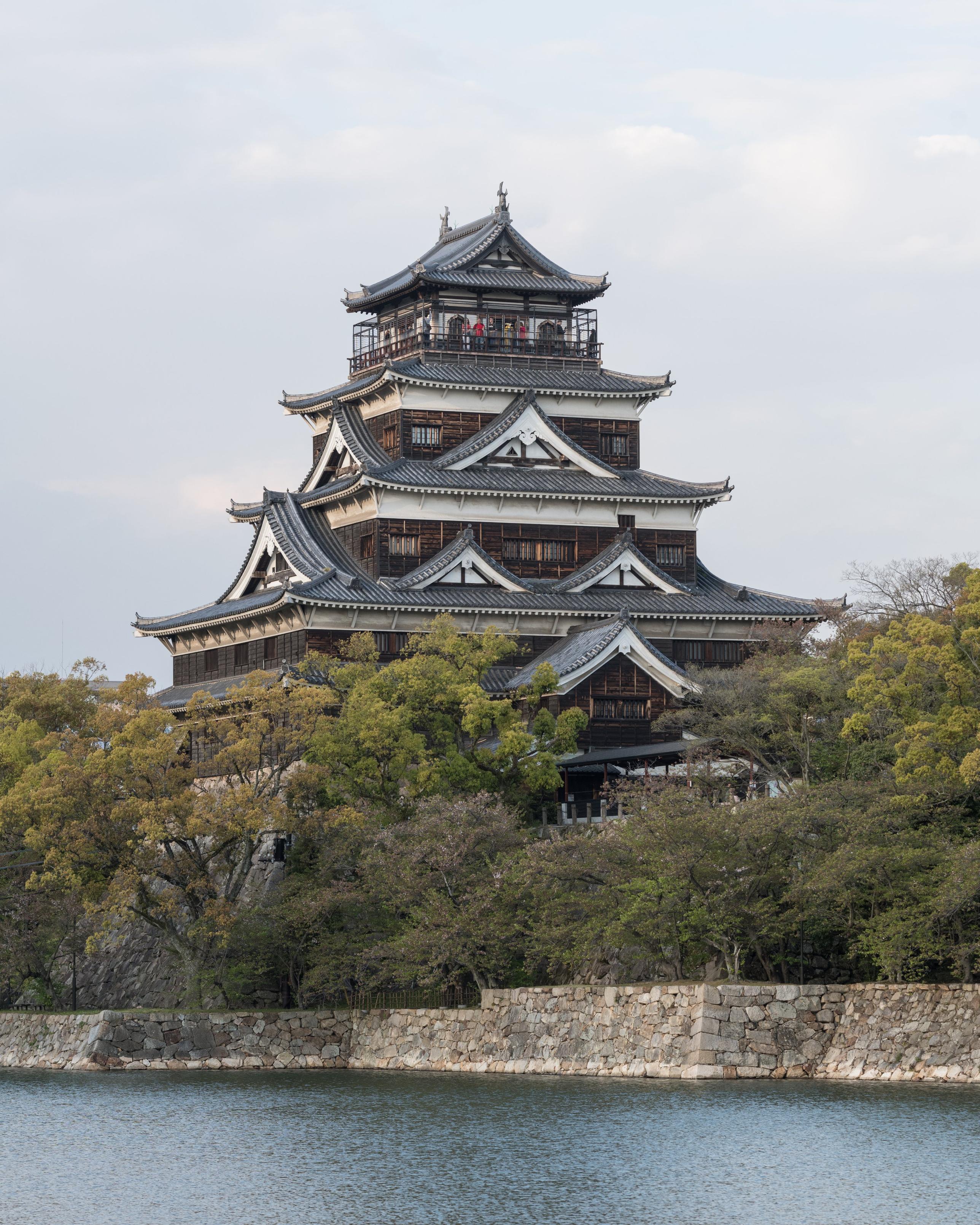
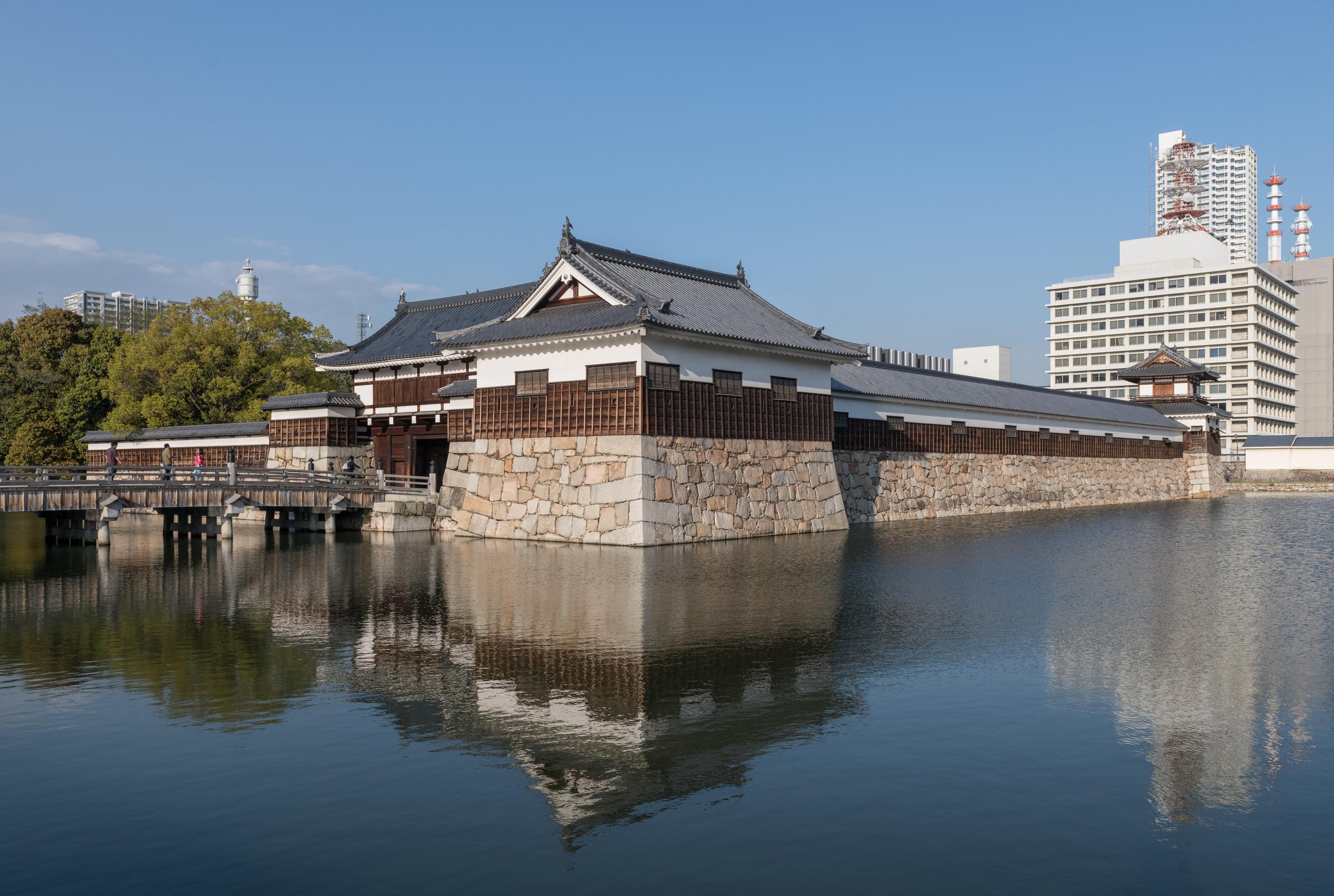
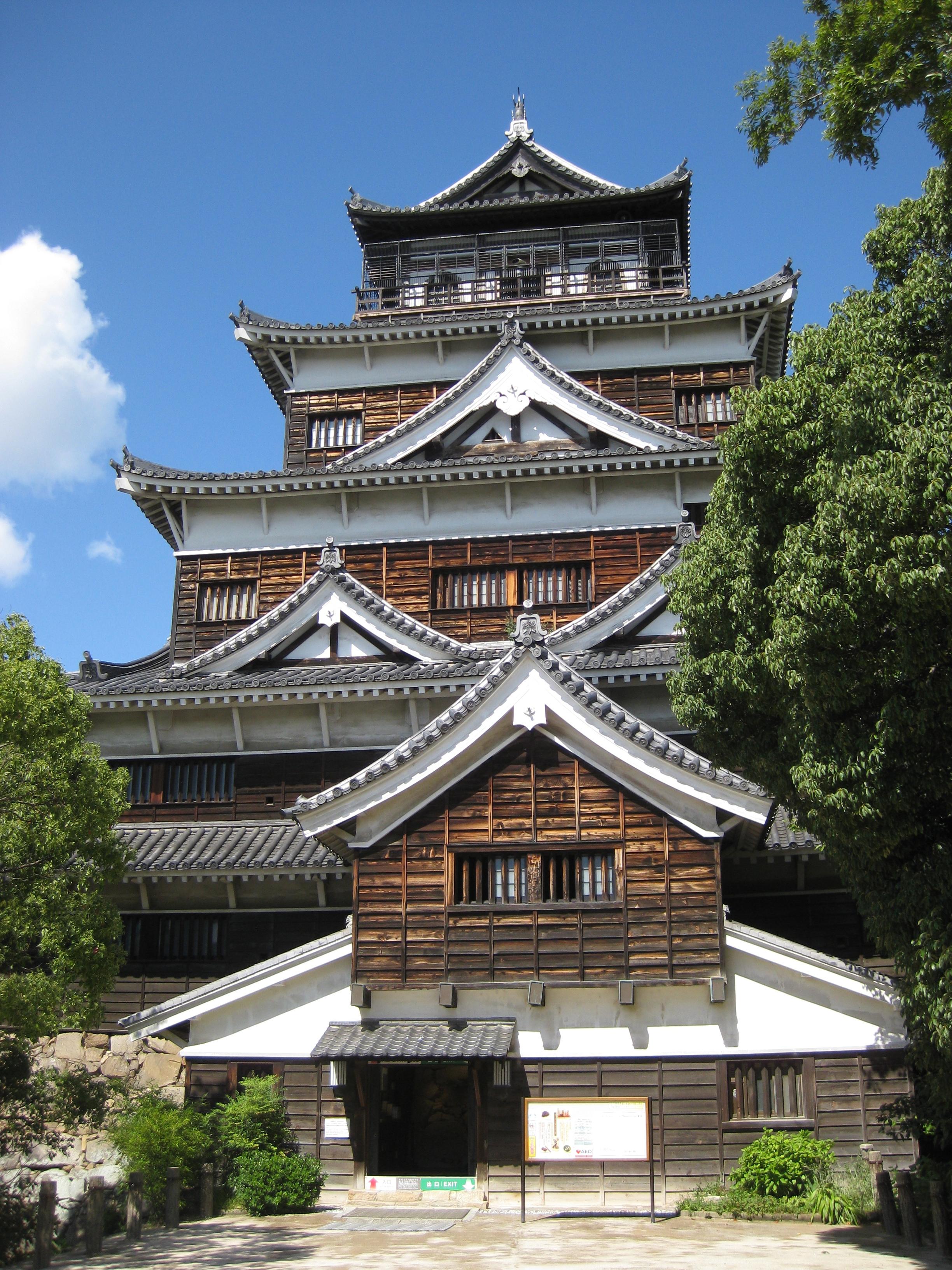
all alone
in silence at the dome,
Hiroshima Day
黙然とひとりドームにヒロシマ忌
-Shigemoto Yasuhiko (重本泰彦).
Perhaps the most iconic anti-nuclear symbol of our times, the Hiroshima Prefectural Industrial Promotion Hall was built in 1915 and was immortalized on August 6th 1945.
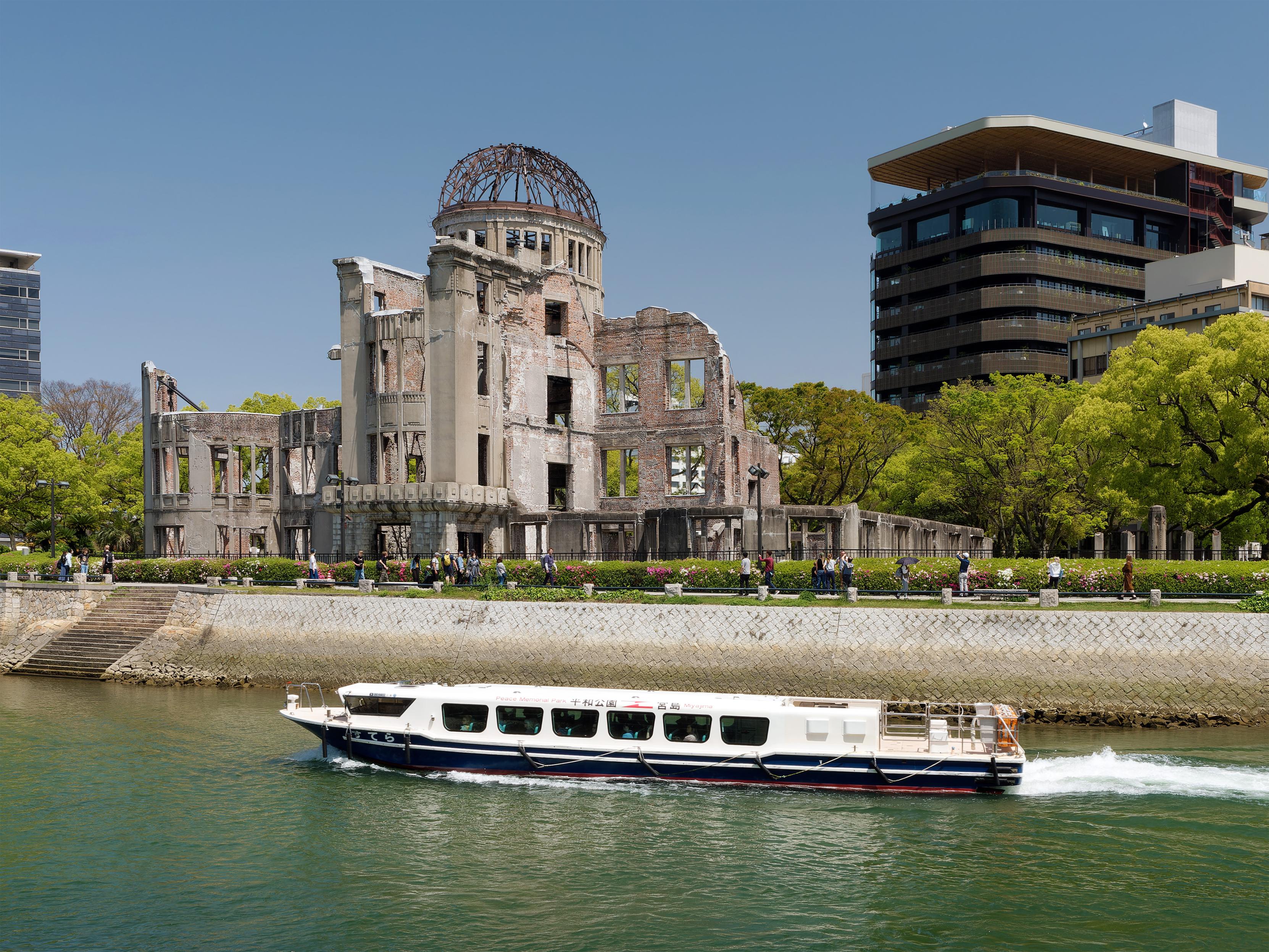
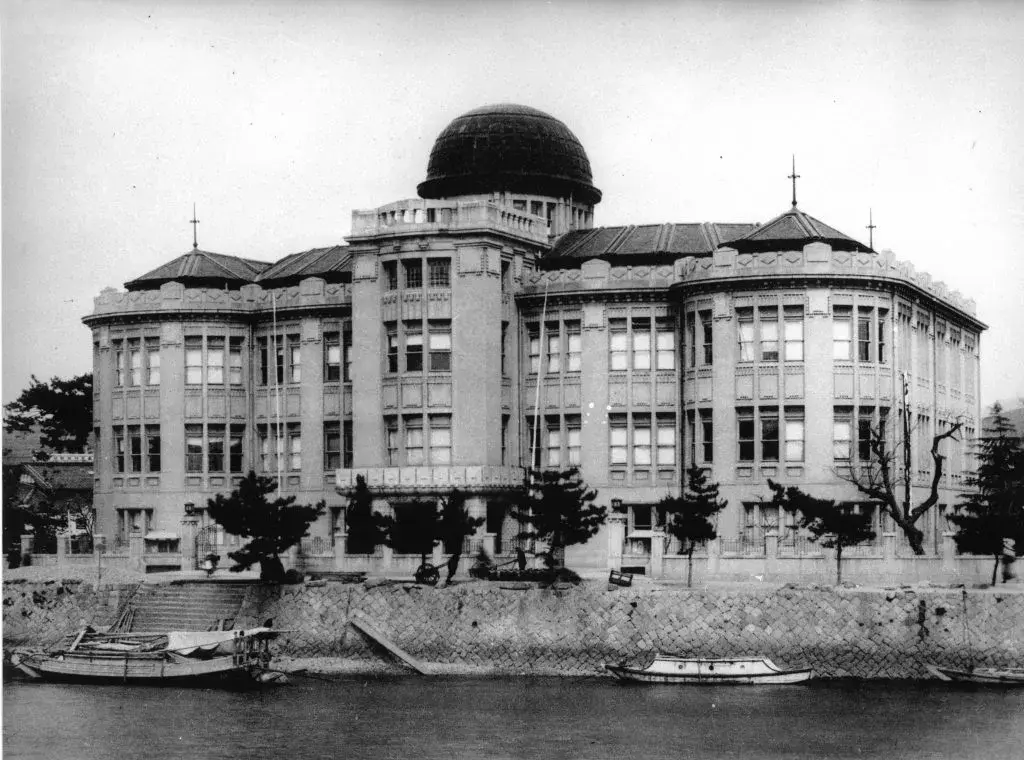
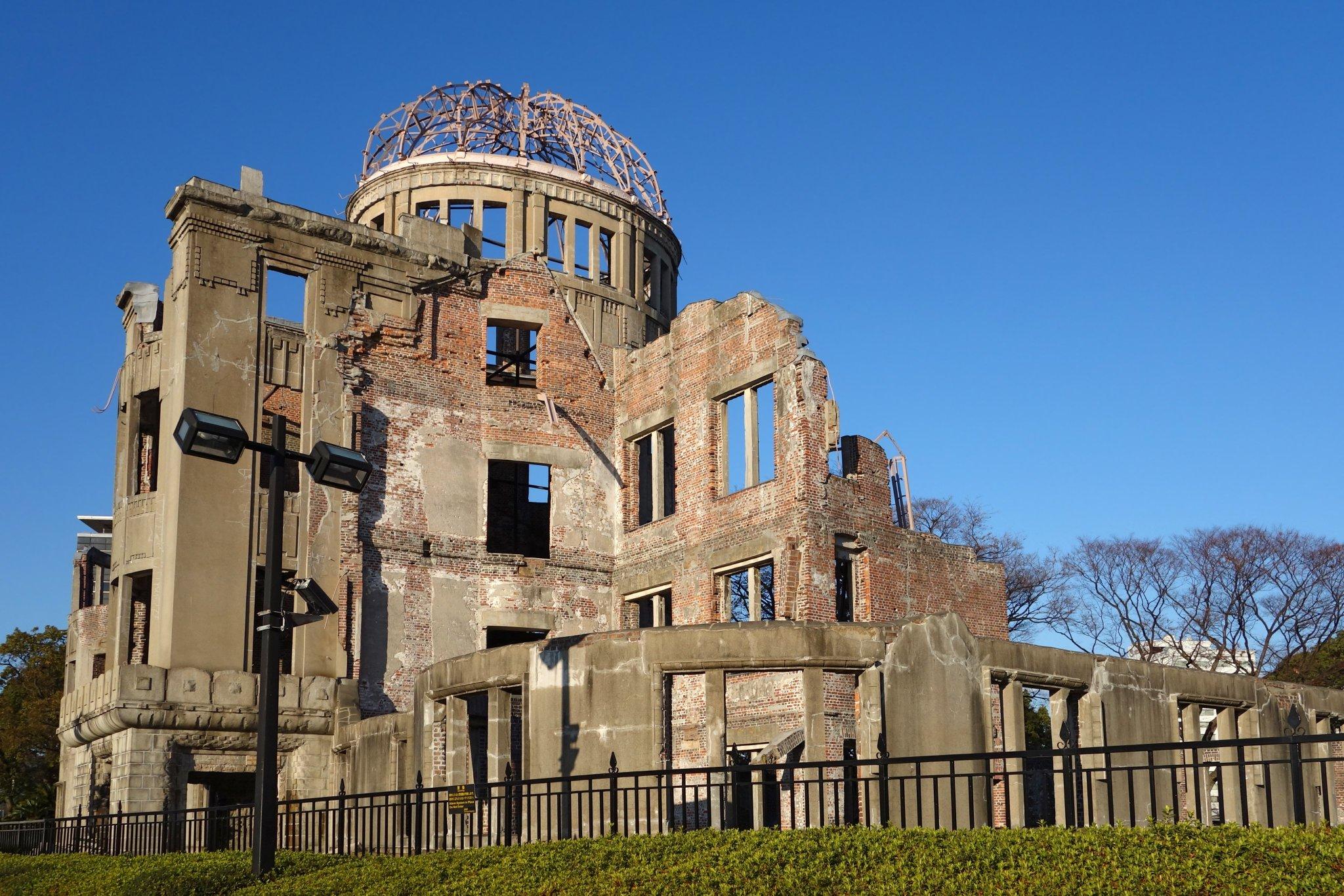
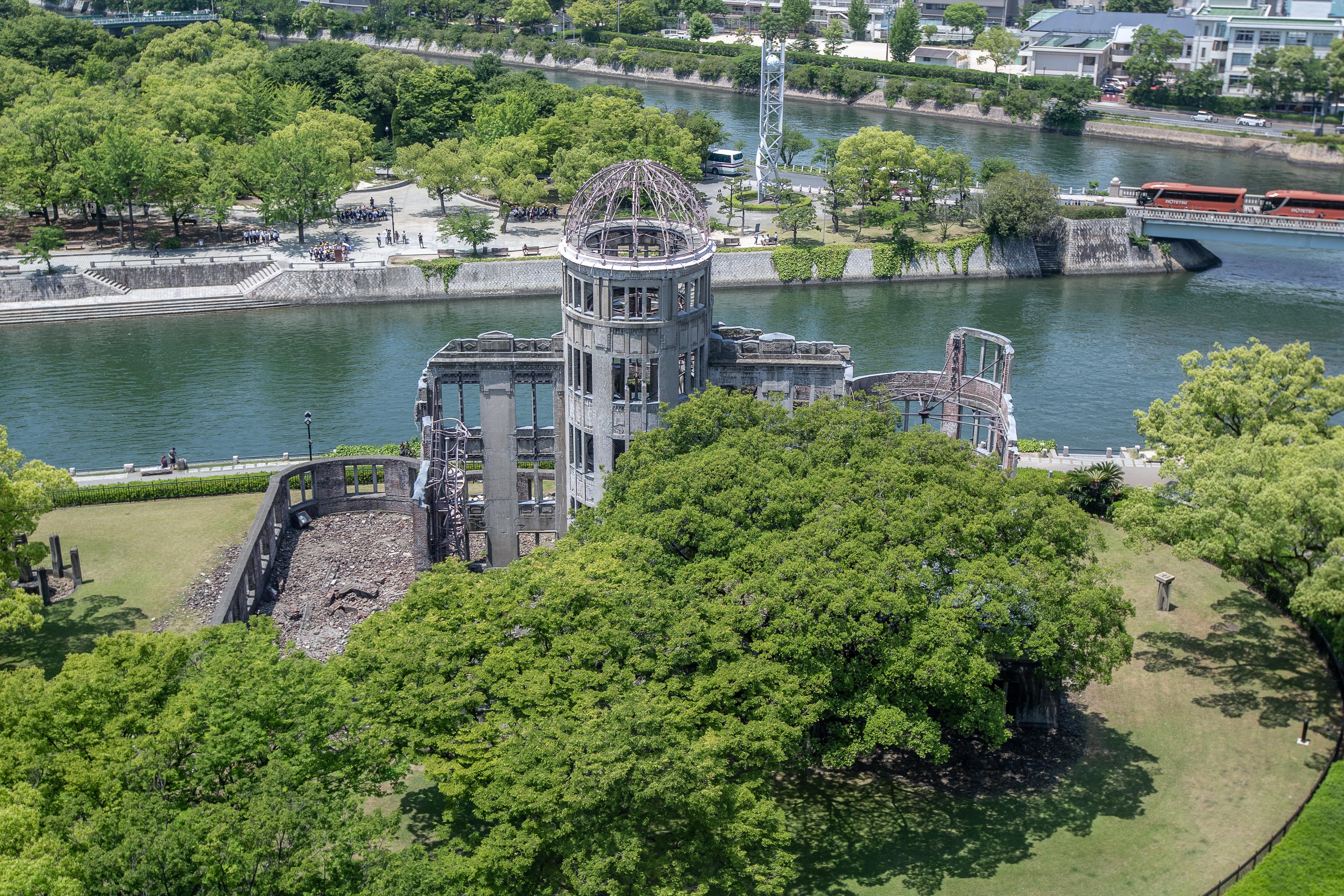
Everyone inside the Promotion Hall, which was almost at the epicenter of the blast, was killed instantly.
Following the city's destruction the hall was scheduled for demolition, but in 1966 it was decided that the renamed 'Atomic Bomb Dome' (原爆ドーム) would become a memorial.




"Japan learned from the bombings of Hiroshima and Nagasaki that the tragedy wrought by nuclear weapons must never be repeated and that humanity and nuclear weapons cannot coexist."
-Daisaku Ikeda (池田大作 1928-2023).
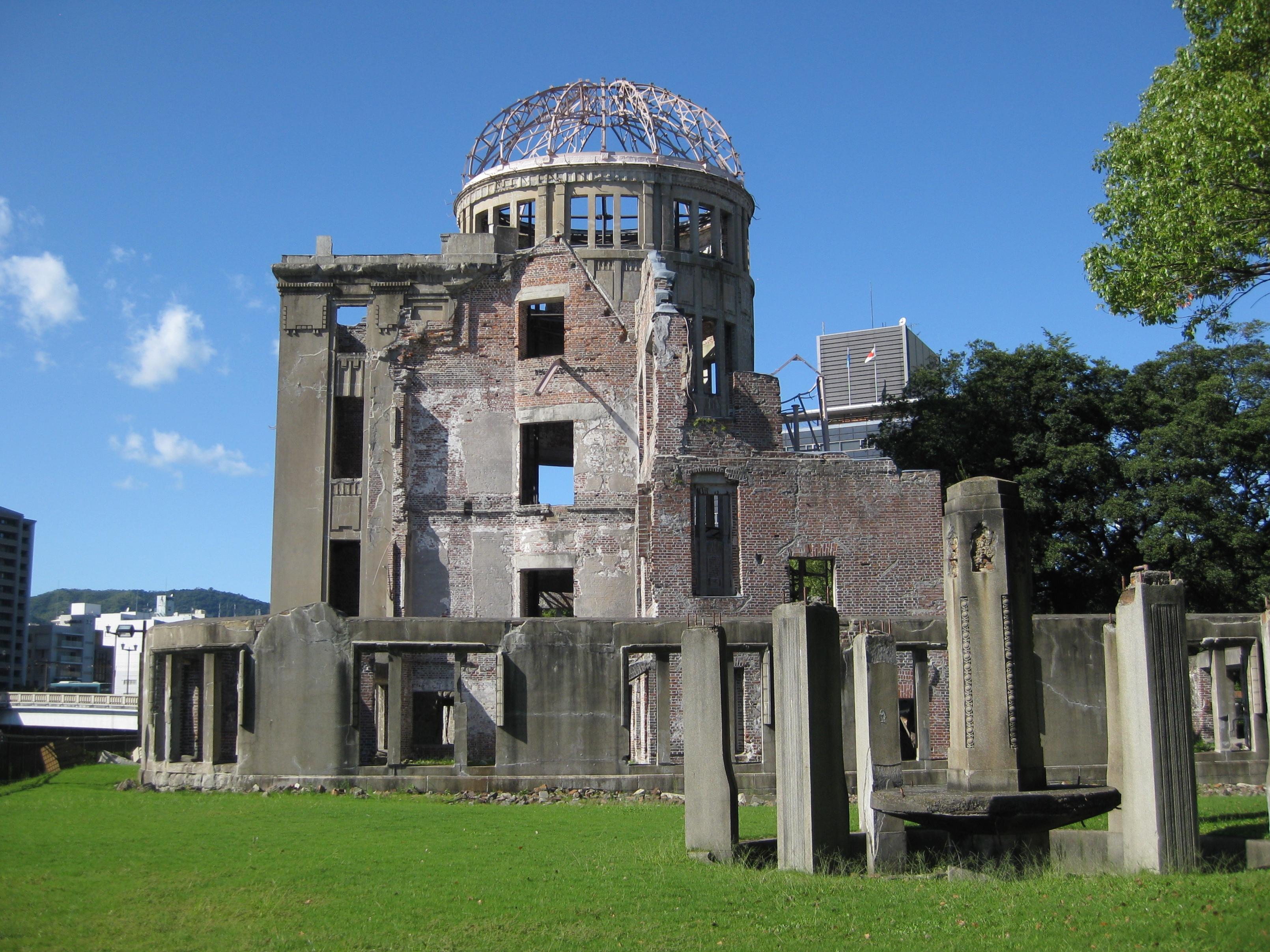
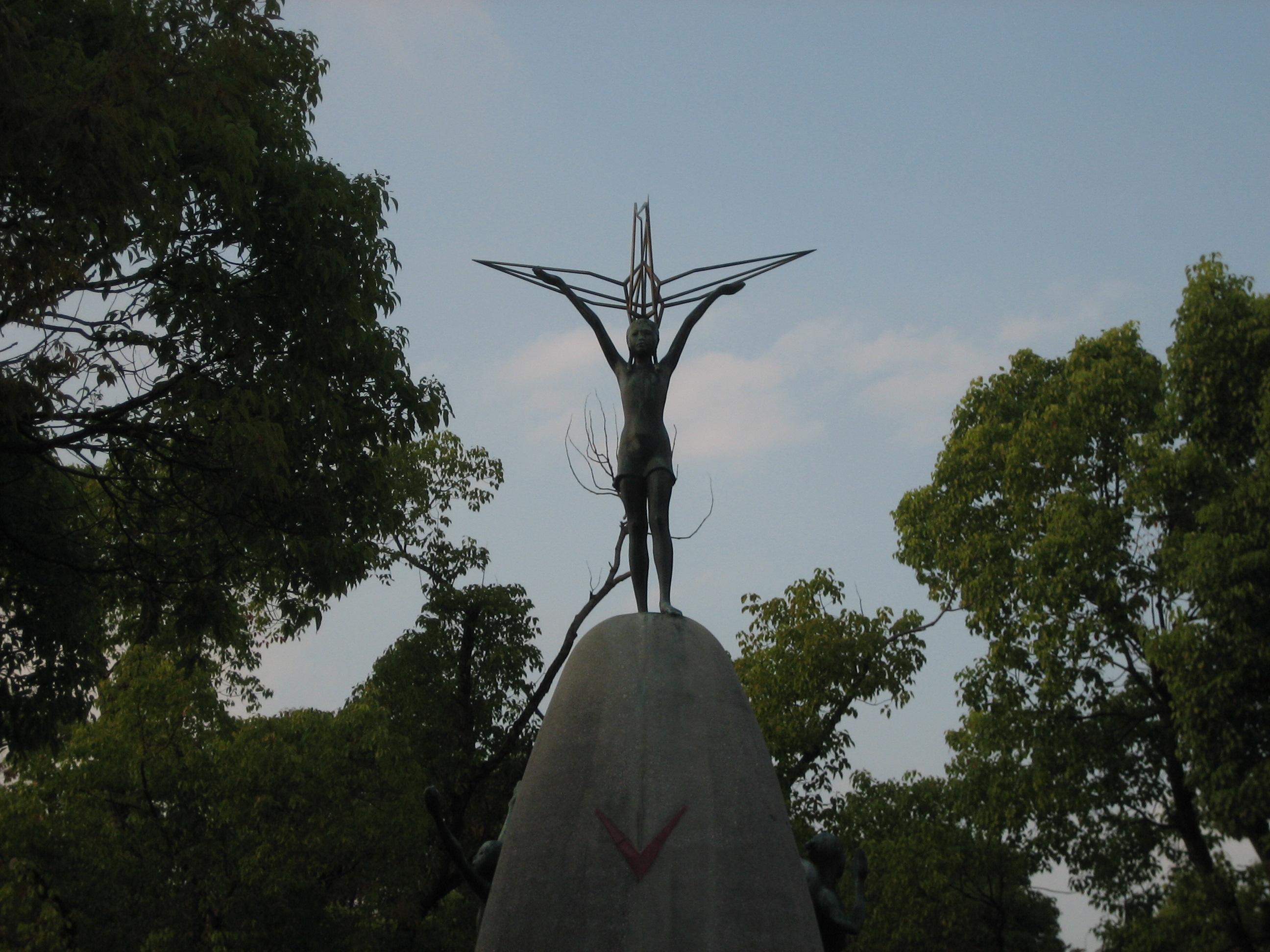
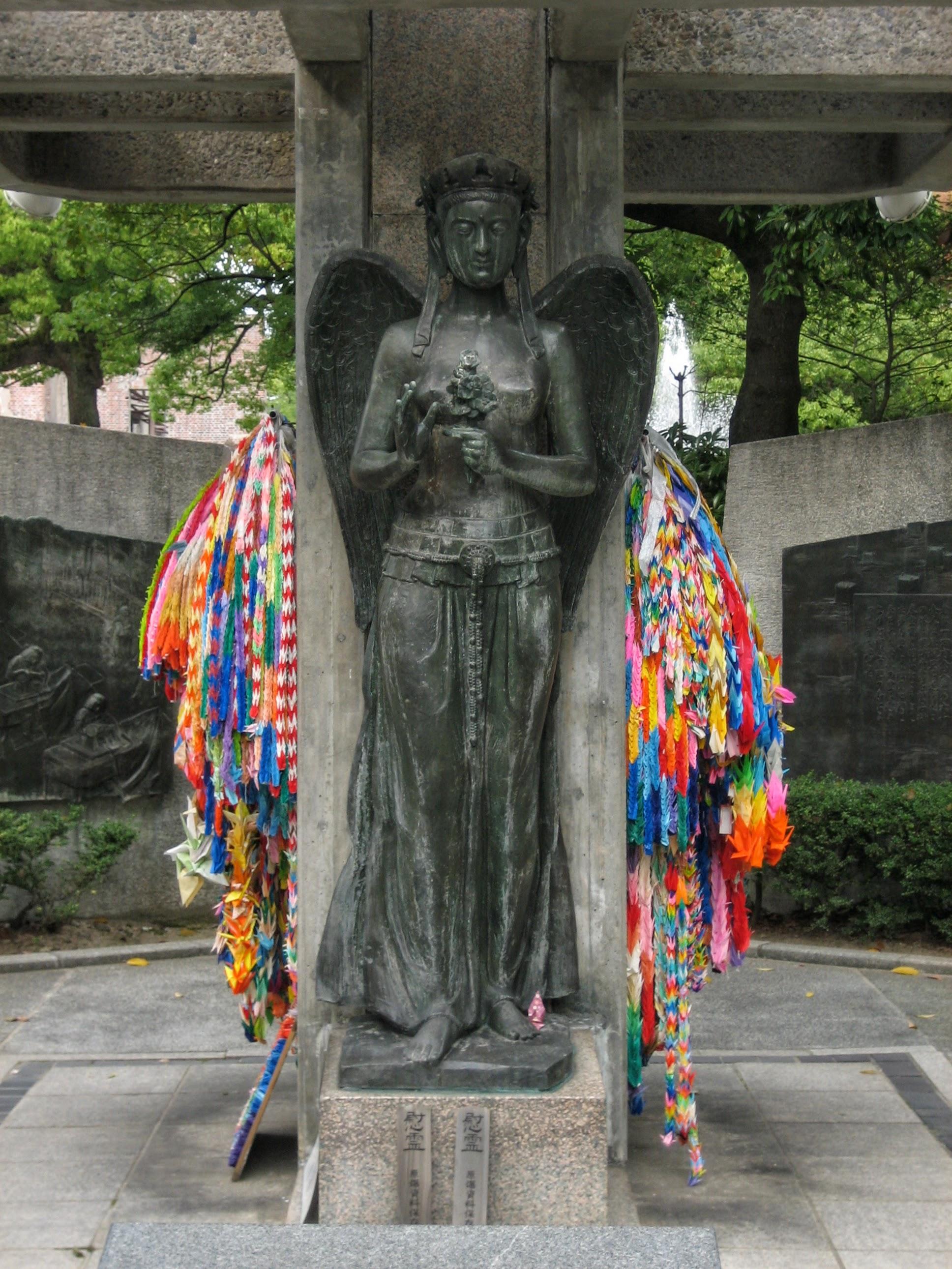
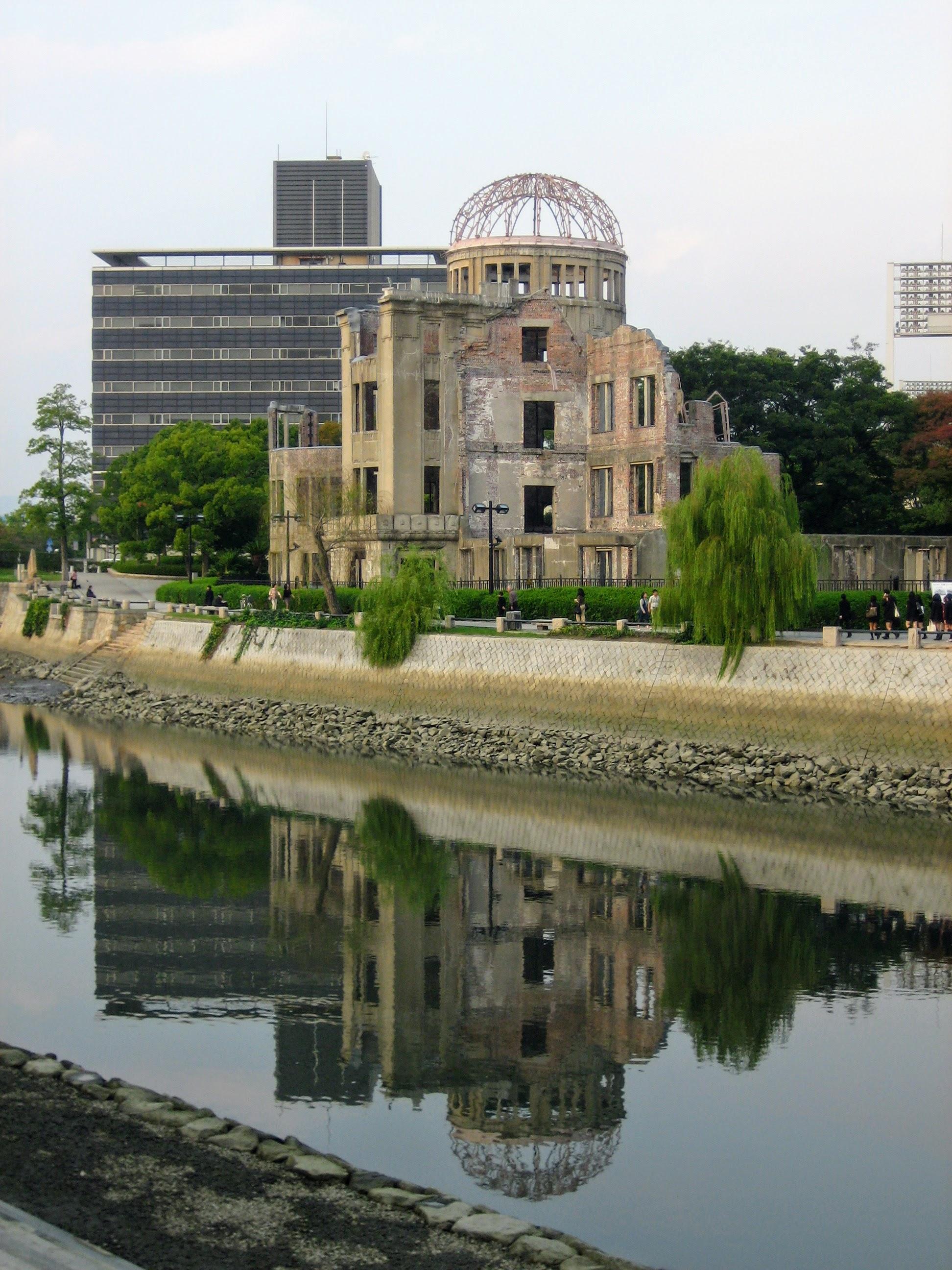
The Atomic Bomb Dome and Peace Flame -which will burn until nuclear disarmament- as seen through the Memorial Cenotaph (慰霊碑).
The epitaph reads:
安らかに眠って下さい 過ちは 繰返しませぬから
'Rest in Peace, for the error shall not be repeated'
-Saika Tadayoshi (雑賀忠義).
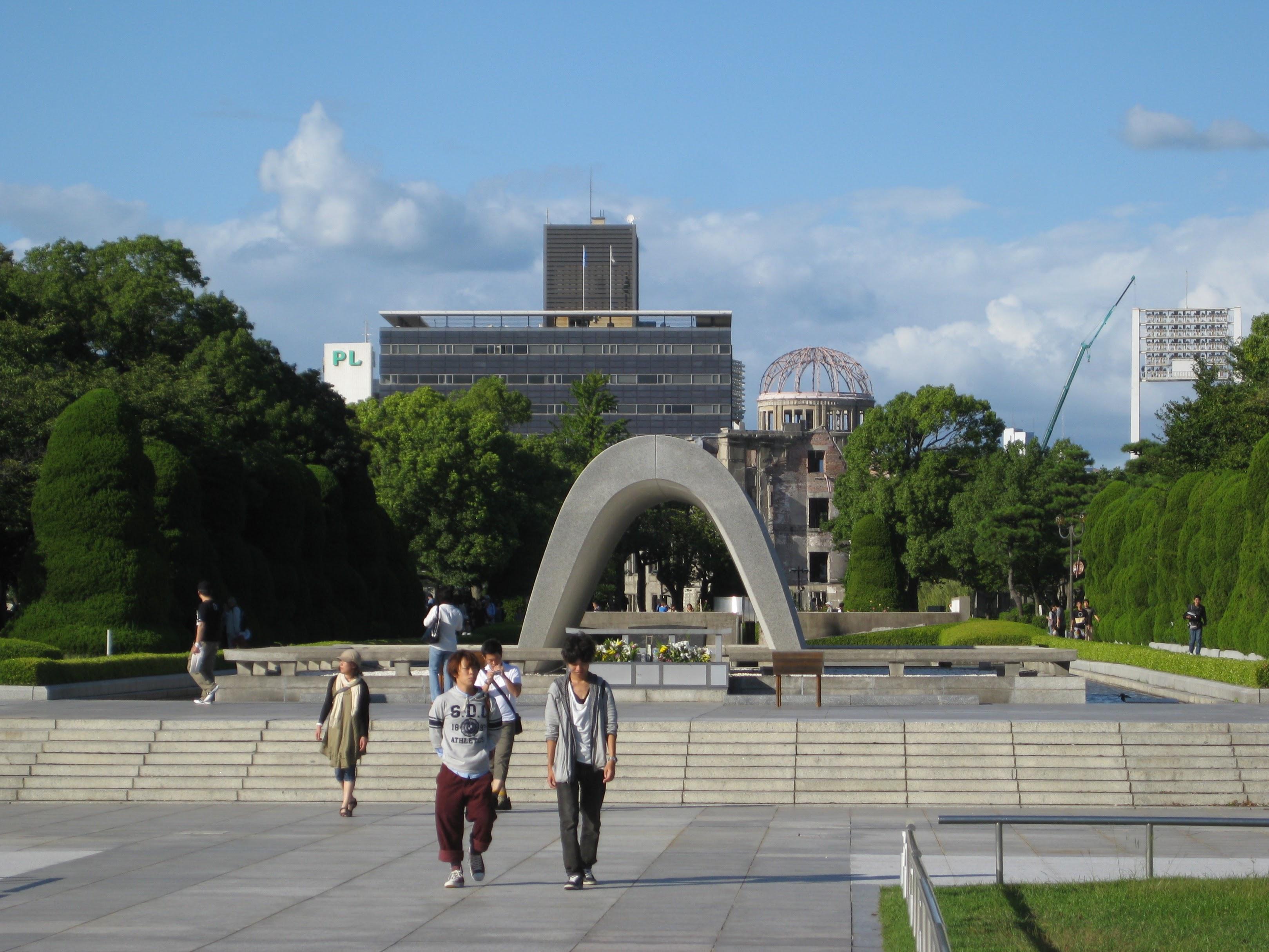
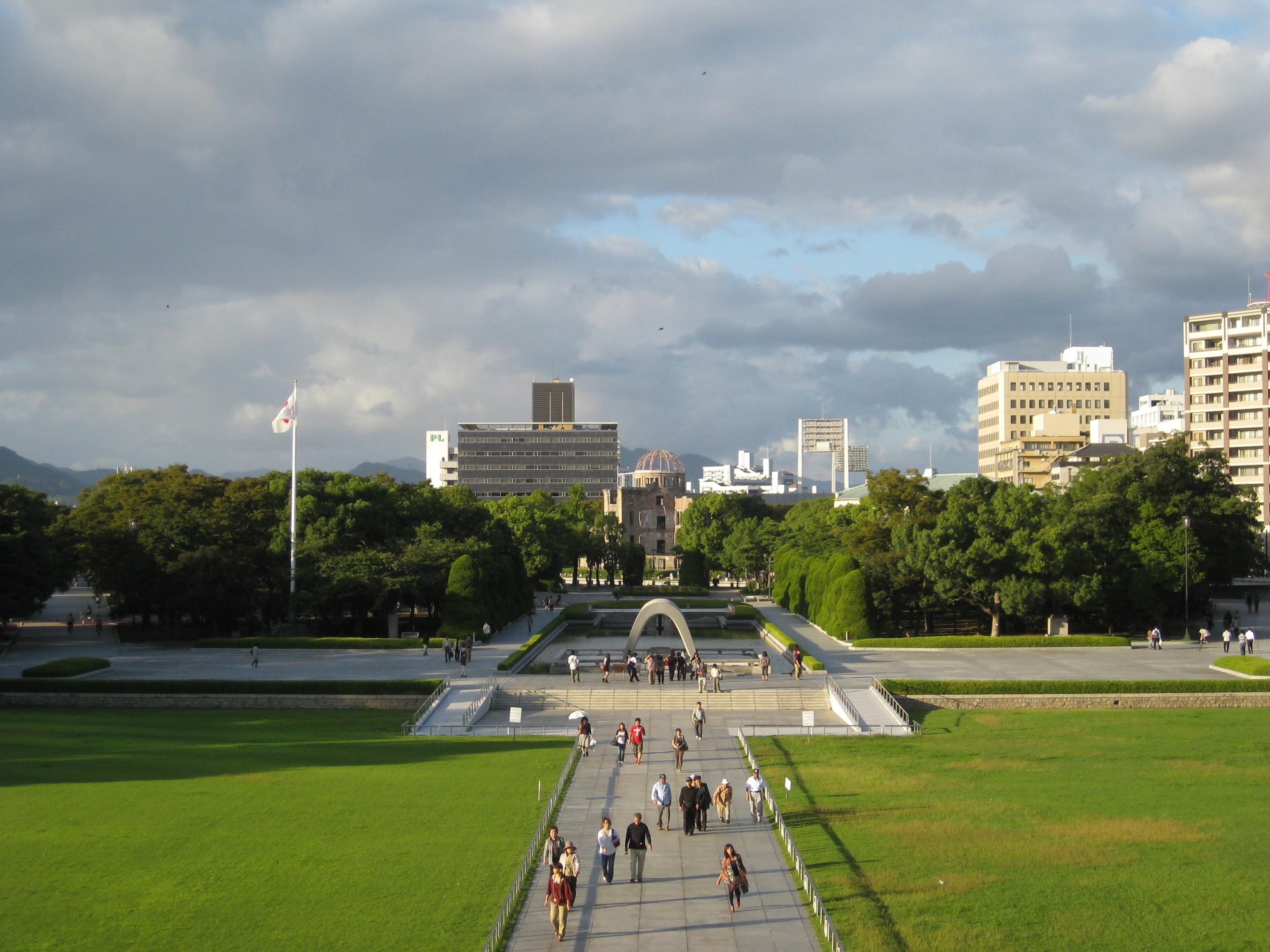
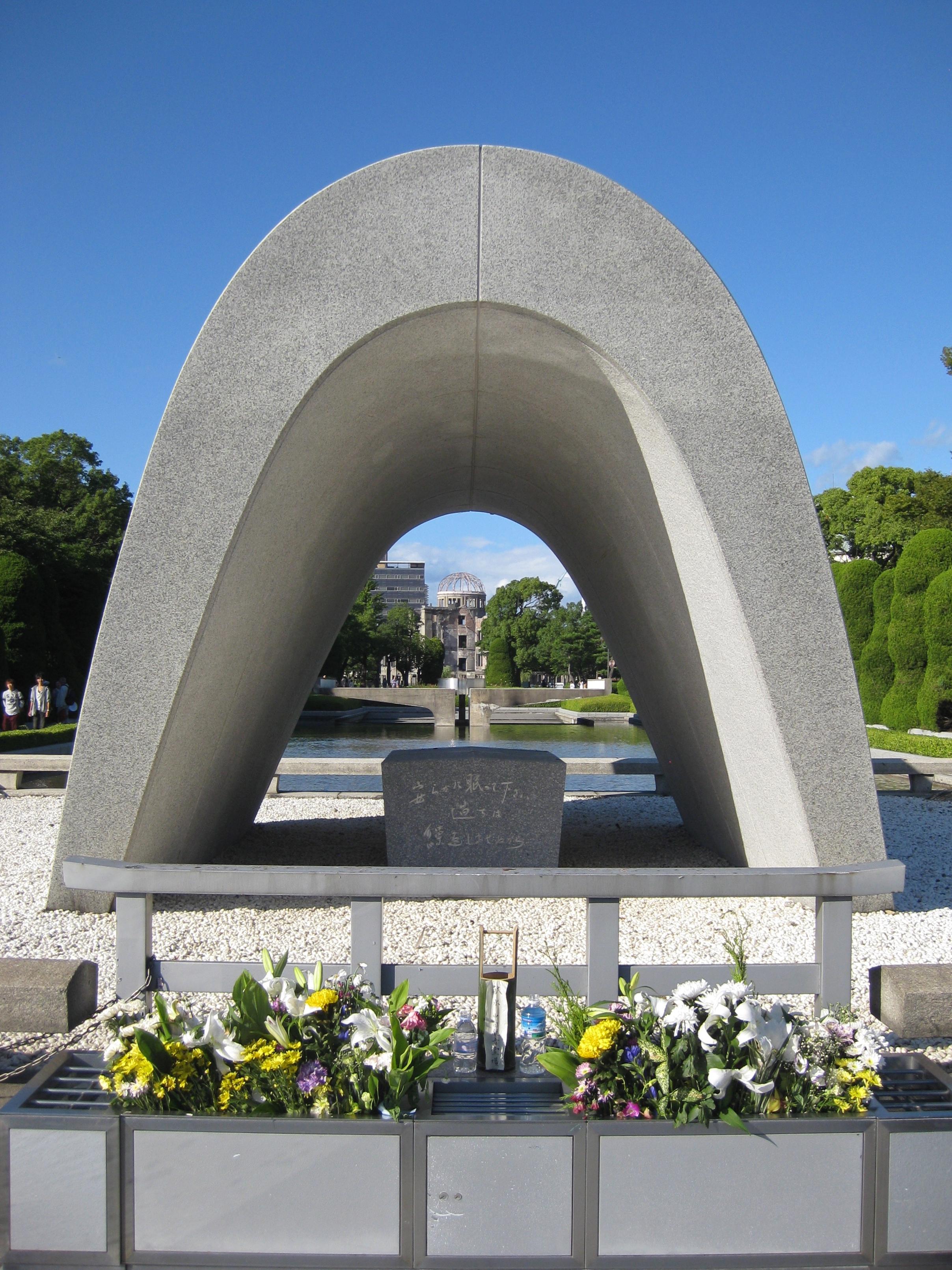
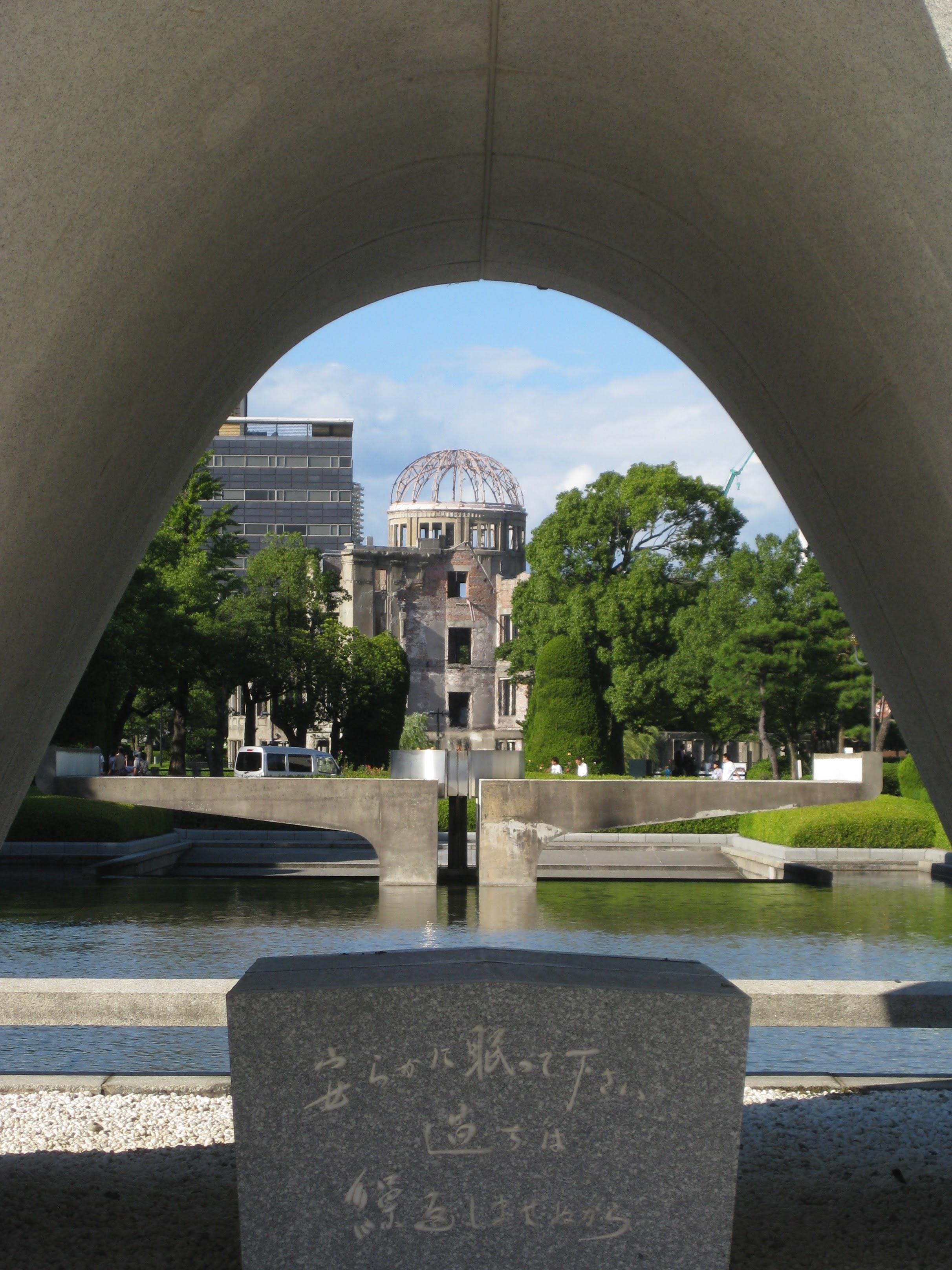
"Japan learned from the bombings of Hiroshima and Nagasaki that the tragedy wrought by nuclear weapons must never be repeated and that humanity and nuclear weapons cannot coexist."
-Daisaku Ikeda (池田大作 1928-2023).




A watch frozen forever at 8:15am, the moment an atomic bomb exploded over Hiroshima on Monday August 6th 1945.
#Hiroshima#August6th #HiroshimaPeaceMemorialMuseum #広島#HiroshimaDay
While walking through Hiroshima we discovered an annex of the Peace Museum - the Fukuromachi School Building.
It is only 400 meters from the hypocenter of the explosion, but the reinforced concrete wing of the building withstood the shockwave, although everything burnable was carbonized instantly.
It was thought that nobody had survived there, but three students had been late changing shoes in a basement room.
They survived while nearly everyone they knew was killed that day 80 years ago.

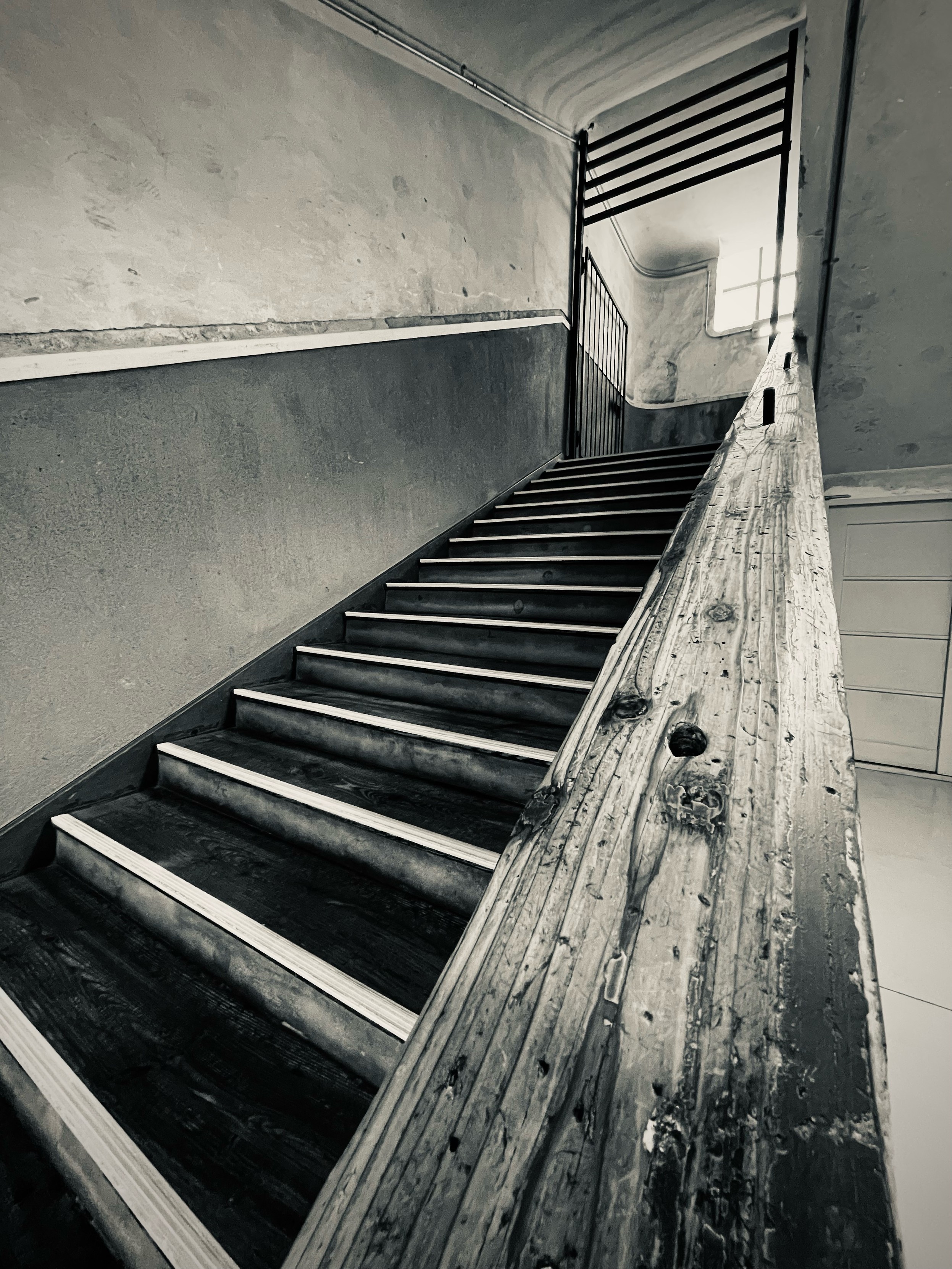
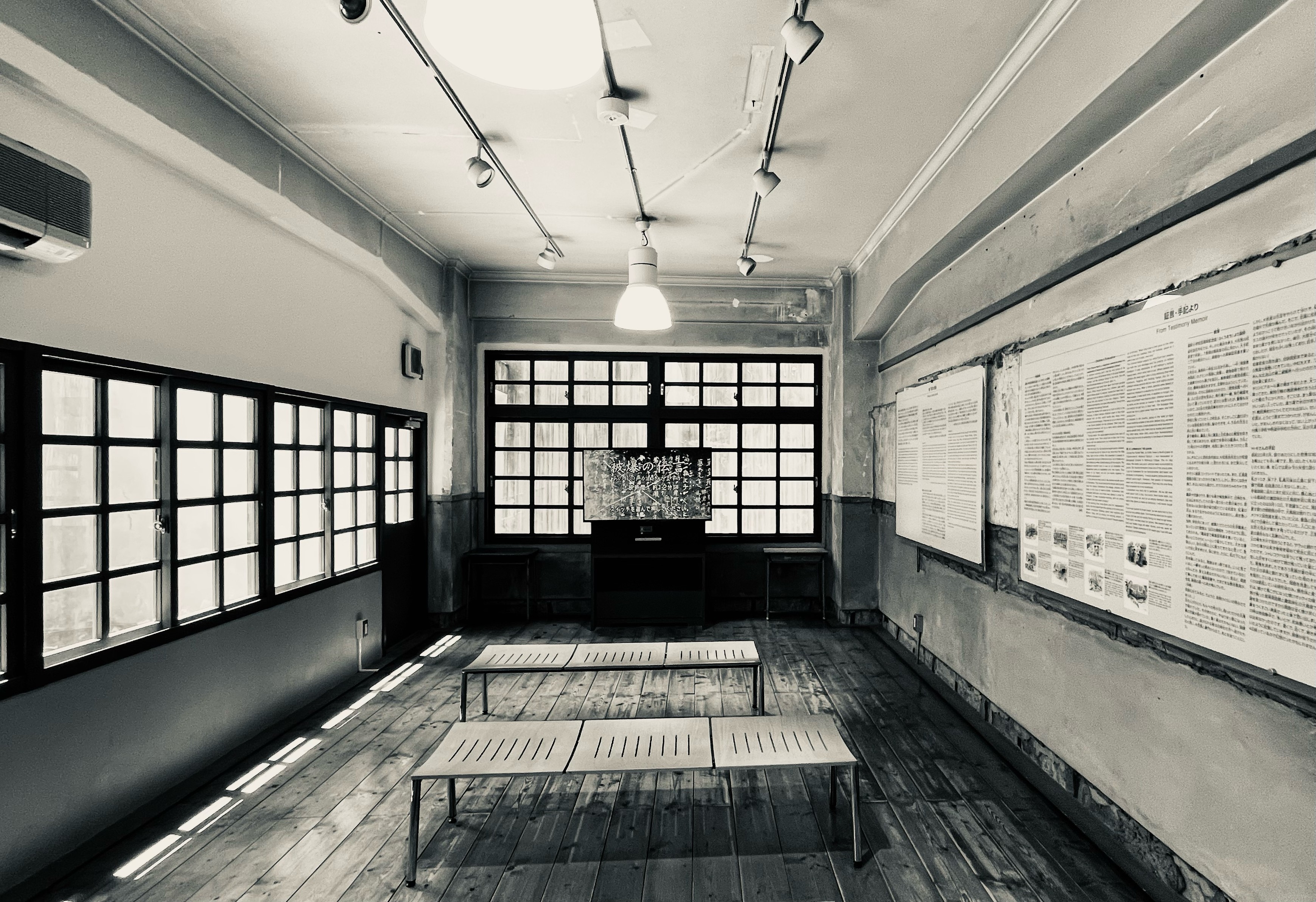
A space for Bonfire maintainers and contributors to communicate